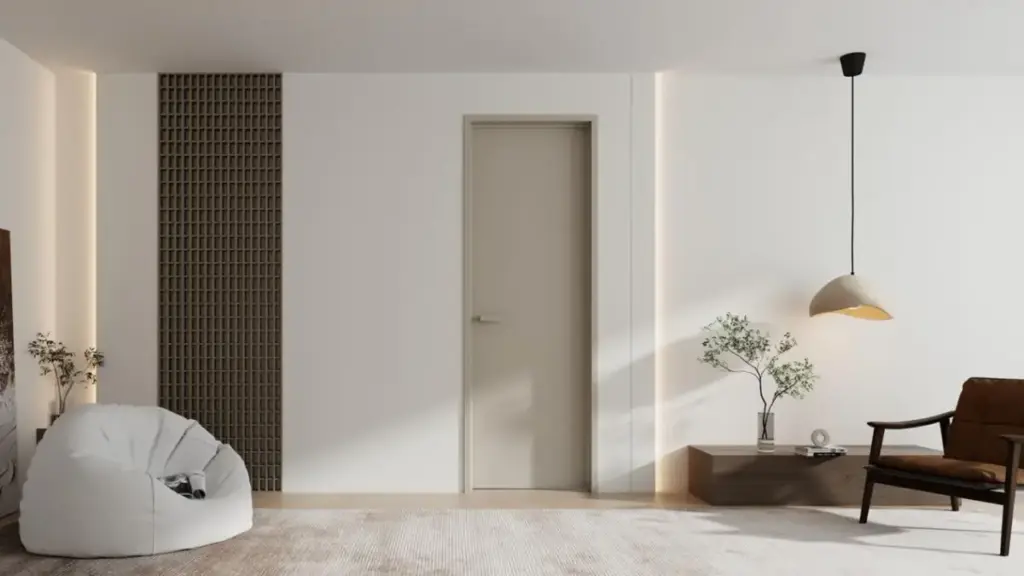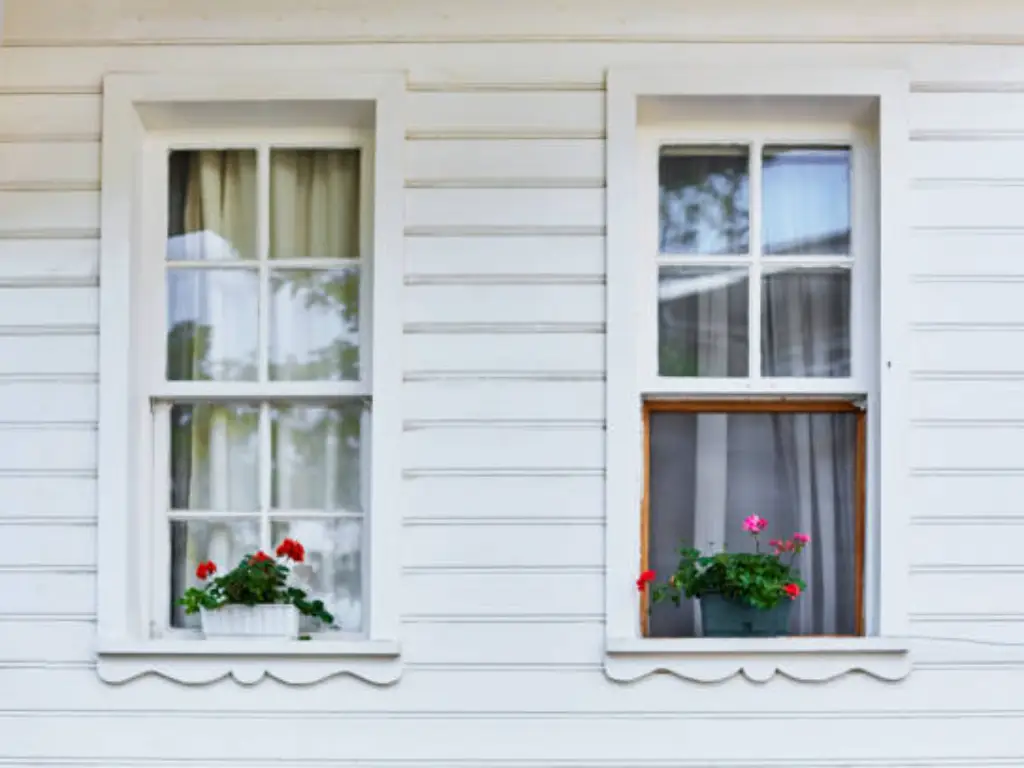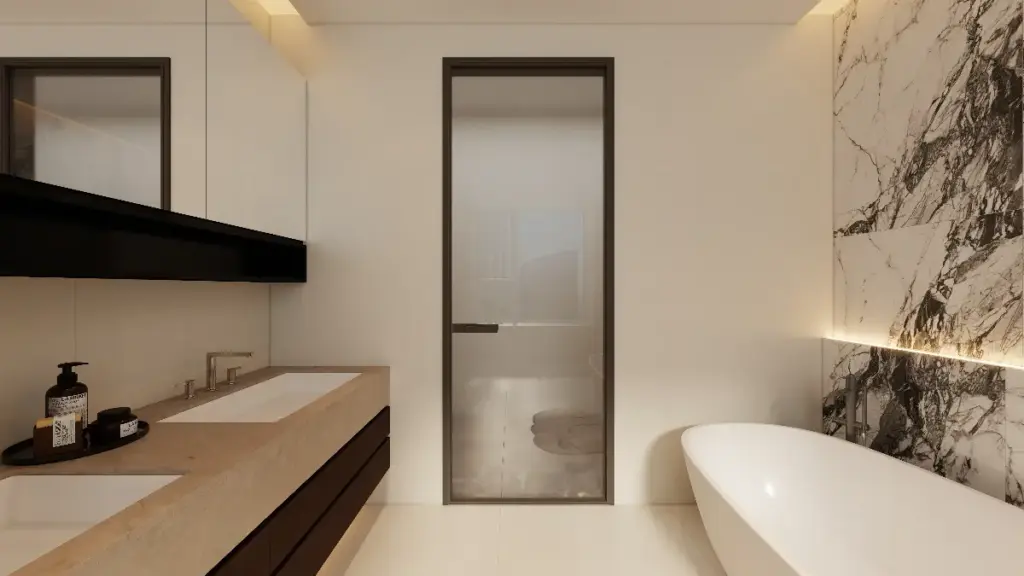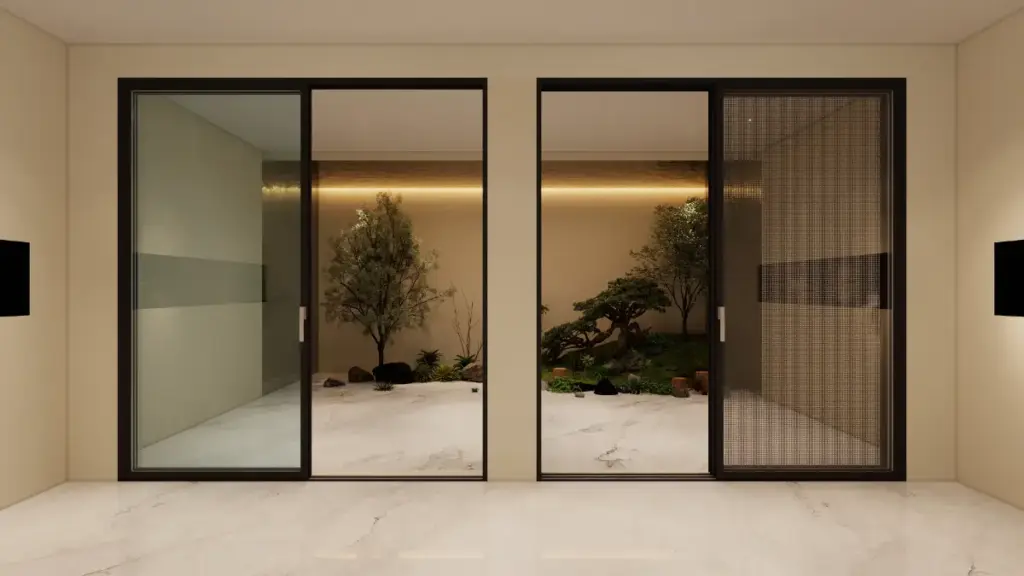Welcome! Whether you’re a homeowner dreaming of sun-drenched rooms, a sales partner looking to guide clients, or a business partner exploring the latest in window solutions, you’ve come to the right place. Windows are more than just openings; they’re crucial elements that define a space’s character, confort, et efficacité. Among the myriad of options, sliding windows stand out for their sleek design and practical functionality.
But not all sliders are created equal! The world of sliding windows is diverse and exciting, offering a perfect match for virtually any architectural style or personal preference. Donc, grab a cup of coffee, and let’s glide through the fascinating types of sliding windows, explore some unique variations, and even peek into the glass that makes them shine.
What’s the Big Deal About Sliding Windows Anyway?
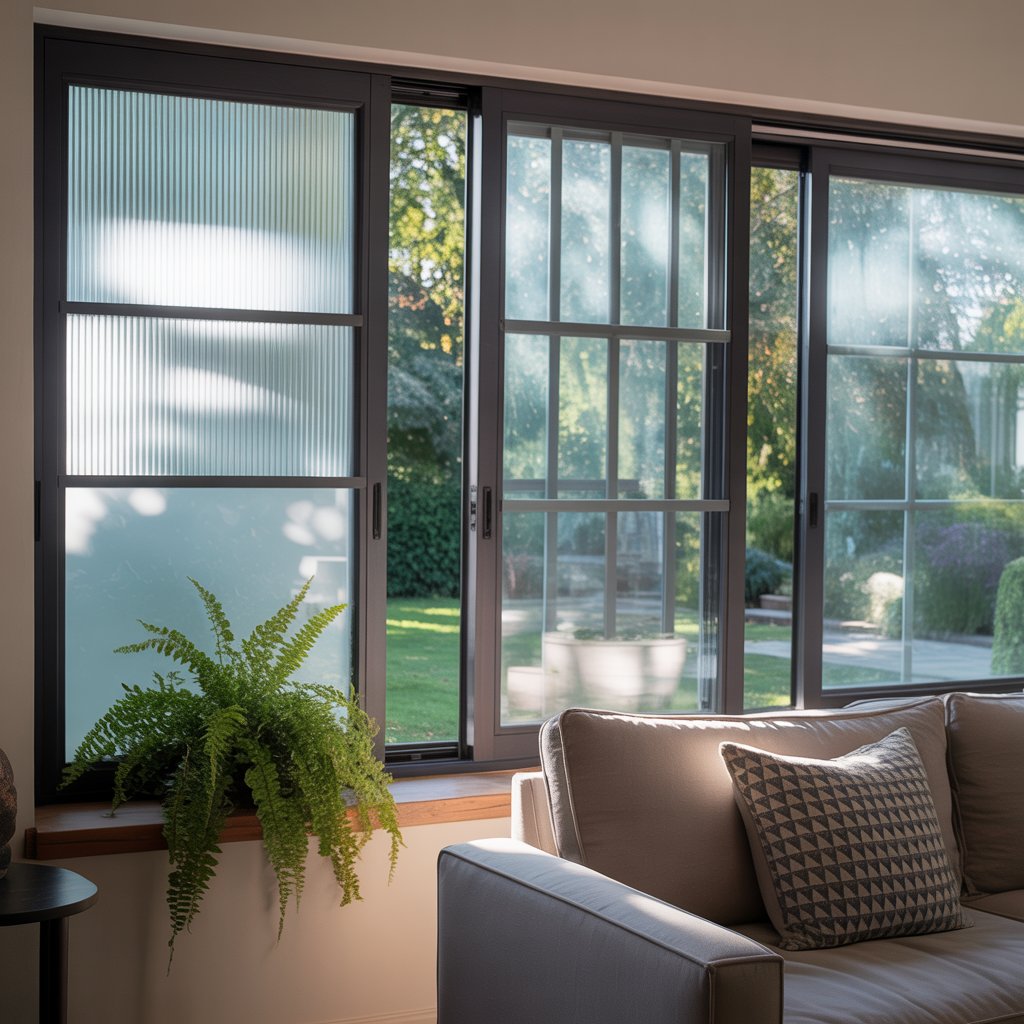
Before we dive into the “types,” let’s quickly clarify what we mean by a sliding window. True to their name, these windows operate by gliding horizontally along a track. One or more panels (appelés châssis) move sideways, rather than swinging outwards like a casement window or moving up and down like a traditional hung window. This simple, elegant mechanism is the heart of their appeal.
Why Everyone Loves a Good Slider
Sliding windows have become a popular choice for many reasons, and it’s easy to see why they might be the perfect fit for your next project or home:
- Superstars peu encombrantes: Because they don’t project outwards or inwards when open, sliding windows are ideal for areas where space is at a premium. Think walkways, terrasses, compact rooms, or above kitchen counters where you don’t want a window getting in the way.
- A Room with a View (and Light!): Sliding windows often feature large, uninterrupted glass panes. This means more natural light flooding in and broader, more panoramic views of the outside world. Who wouldn’t want to feel more connected to the outdoors?
- Effortless Operation: Designed for ease, most sliding windows open and close with minimal effort. This makes them user-friendly for people of all ages and abilities.
- Modern Aesthetics: With their clean lines and minimalist appeal, sliding windows are a natural fit for contemporary and modern architectural designs. Cependant, as we’ll see, they can be surprisingly versatile!
- Ventilation Versatility: They offer excellent ventilation, allowing for a refreshing breeze to circulate through your space.
Explore the Diverse Types of Sliding Windows
Passons maintenant à la partie passionnante! Let’s explore the different personalities in the sliding window family.
1. The Classic Single Slider: Simplicity at its Best

The single slider window is a popular and often most budget-friendly entry into the world of sliding windows.
- How it works: It features one fixed (stationary) pane and one operable sash that slides horizontally over the fixed portion.
- Best for: Bedrooms, salon, cuisines, and areas where you want a balance of view, ventilation, et l'abordabilité. They are also great for smaller to medium-sized openings.
- Perks: Rentable, simple mechanism means fewer moving parts and potentially lower maintenance.
2. The Dynamic Double Slider: Twice the Fun
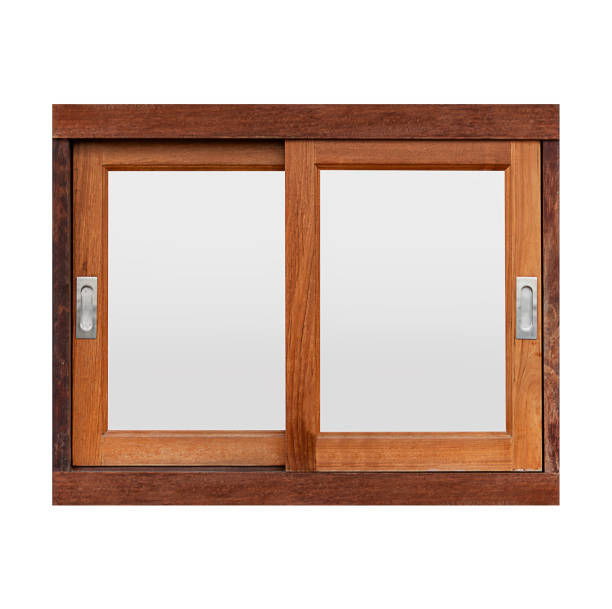
Want a bit more flexibility? The double slider steps it up a notch.
- How it works: In a double slider, les deux sashes can move horizontally. This means you can open the window from the left, the right, or even have a small opening in the center if you slide both sashes partially.
- Best for: Situations requiring more control over airflow, or where easier cleaning is a priority (as both sashes can often be tilted in or removed). They suit larger areas like living rooms and bedrooms well.
- Perks: Enhanced ventilation control and often easier cleaning from the inside. While generally a bit more expensive than single sliders, the added convenience can be well worth it.
3. The Panoramic Three-Panel Slider: For a Wider Worldview
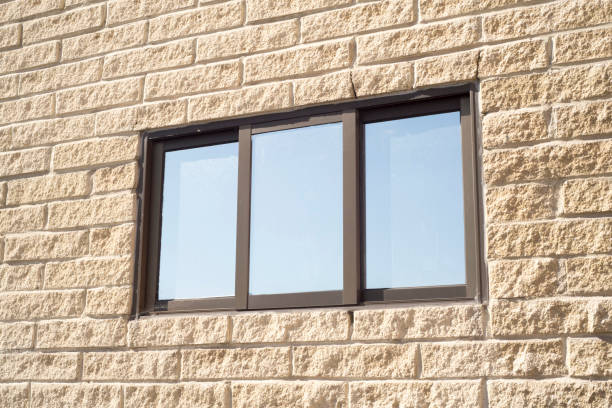
When you have a larger opening and want to maximize your view, the three-panel (or tri-sash) slider is a fantastic option.
- How it works: Typiquement, this window has a fixed central pane, flanked by two operable sashes that slide towards the center.
- Best for: Living areas, master bedrooms, or any space where you want to create a stunning visual connection to the outdoors with an expansive, almost cinematic view.
- Perks: Offers a broad, unobstructed central view thanks to the fixed middle panel, while still providing versatile ventilation from both sides. It adds a touch of elegance to modern designs.
4. The Sophisticated Lift-and-Slide Window: Engineering Elegance
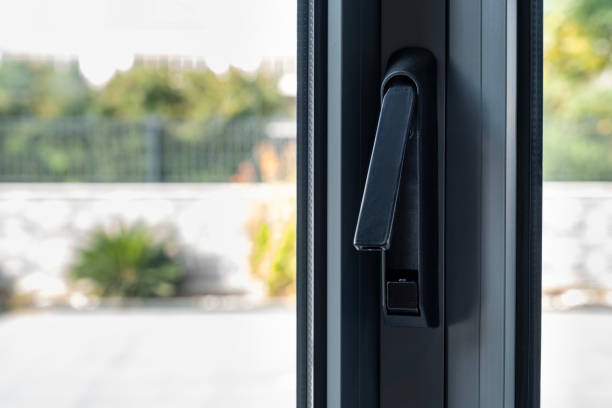
For those seeking premium performance and the ability to operate very large, heavy glass panels with ease, the lift-and-slide window is a marvel of engineering.
- How it works: Turning a handle “lifts” the window sash slightly off its seals and track, allowing it to glide effortlessly. When closed, the sash is lowered back down, creating an exceptionally tight seal.
- Best for: High-end residential projects, expansive patio openings (they can often function like doors), and situations where superior thermal performance, isolation phonique, and security are paramount.
- Perks: Allows for incredibly large and heavy glass panels, offers outstanding weatherproofing and energy efficiency due to the tight seal, and often comes with multi-point locking systems for enhanced security. Some even feature advanced braking systems to hold the panel in any position.
5. The Transformative Slide-and-Fold Window: Ouvrir des possibilités
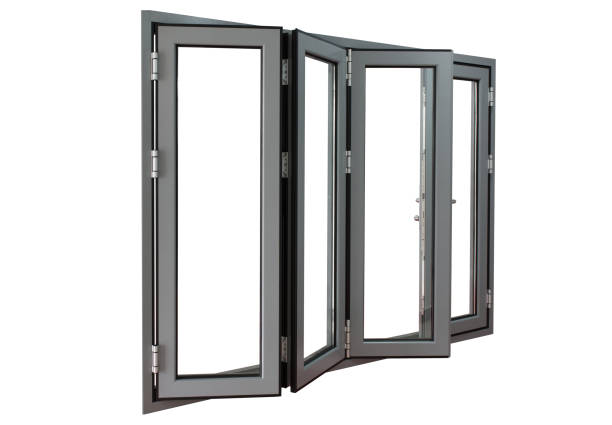
Also known as bi-fold or concertina windows, these are less “glissement” in the traditional sense and more “pliant,” but they operate on a track system and are often grouped with advanced sliding solutions.
- How it works: Multiple panels are hinged together and run along a track. Une fois ouvert, they fold up neatly against each other to one or both sides, creating a vast, ouverture dégagée.
- Best for: Creating a seamless transition between indoor and outdoor living spaces, like opening a kitchen or living room directly onto a patio or garden. They are perfect for those who love to entertain and merge their living areas.
- Perks: Offers the maximum possible opening, transforming a wall into a gateway. When closed, they provide excellent weatherproofing. They bring a dramatic, modern aesthetic to any space.
6. The Architectural Corner Sliding Window: Views Without Boundaries

For a truly unique and contemporary statement, the corner sliding window is a showstopper.
- How it works: Two glass panels meet at a 90-degree corner. Une fois ouvert, they slide away from the corner, often without a structural corner post, leaving a completely open and uninterrupted panoramic view.
- Best for: Modern homes, dining rooms, or living spaces where maximizing a corner view and bringing in abundant natural light is a design priority.
- Perks: Creates a stunning architectural feature, offers a unique “wraparound” visual experience, and floods the space with light.
7. A Touch of Gallic Charm: The French Type Sliding Window

Maintenant, let’s talk about a stylish variation: the french type sliding window. While traditional French windows are typically hinged and open like doors (often in pairs, reaching to the floor) , le “French sliding window” offers a modern interpretation that blends this classic elegance with the practicality of a slider.
- How it works: These often feature two larger glass panels that slide past each other on a track, similar to a standard sliding door but designed with the aesthetic proportions and often the multi-pane look (or simulated divided lites) associated with French windows.
- Best for: Homeowners who love the timeless appeal of French doors/windows but prefer or require a sliding mechanism due to space constraints or for a more contemporary indoor-outdoor flow. They are excellent for connecting living spaces to patios or decks.
- Perks: They bring abundant natural light, create a sense of openness, and offer a sophisticated look that combines traditional charm with modern functionality. They can make a beautiful statement piece.
A Quick Glance at Vertical Sliding Windows
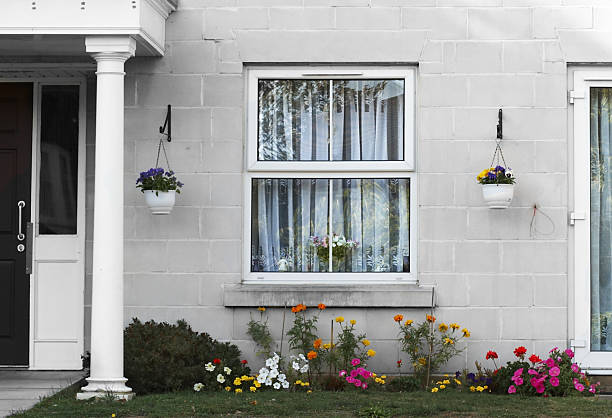
While our main focus is on horizontal sliders, it’s worth noting that the “glissement” concept also extends vertically! Understanding the types of horizontal and vertical sliding windows can be helpful for a complete picture. These are commonly known as:
- Fenêtres à un seul: Dans une fenêtre à guillotine simple, le châssis supérieur est fixe, and the bottom sash slides up and down to open and close. They offer a classic look and are often more budget-friendly.
- Fenêtres à double halte: Ici, both the top and bottom sashes are operable, meaning they can both slide up and down independently. This provides more versatile ventilation options (Par exemple, opening the top for warm air to escape and the bottom for cool air to enter) and often makes cleaning easier as the sashes can typically tilt inwards.
These vertical sliders have their own set of avantages and are a popular choice, especially in traditional architectural styles.
Understand Types of Glass for Sliding Windows
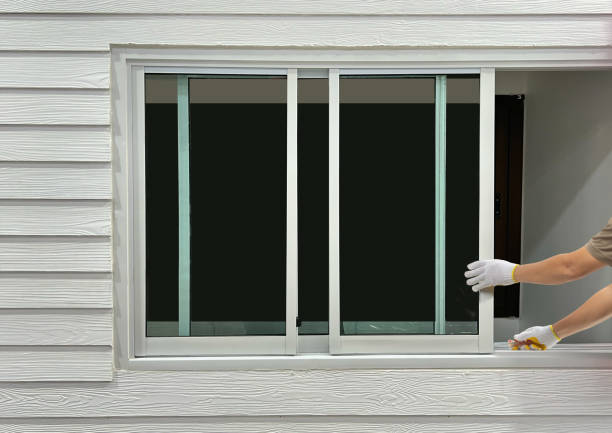
The frame and operation are crucial, but what about the glass itself? The types of glass for sliding windows you choose can significantly impact energy efficiency, sécurité, confort, et la vie privée. Given that sliding windows often feature large expanses of glass, making the right types of sliding window glass selection is key!
Here are some common and highly beneficial options:
Bas-e (Low-Emissivity) Verre: This is a fantastic all-rounder! Low-E glass has a virtually invisible metallic coating that reflects heat while allowing light to pass through.
- Benefit: Keeps your home warmer in winter by reflecting heat back inside, and cooler in summer by reflecting solar heat outside. This means lower energy bills and increased comfort. It also blocks a significant amount of harmful UV rays, protecting your furniture and flooring from fading.
Verre trempé: La sécurité avant tout! Tempered glass is heat-treated to be about four times stronger than regular (annealed) glass.
- Benefit: If it does break, Il se brise en petit, relatively harmless rounded pieces rather than sharp, dangerous shards. This is often required by building codes for large windows, portes, and windows near walkways or in bathrooms.
Verre laminé: Think of this as a safety sandwich. It consists of two pieces of glass bonded together with a resilient plastic interlayer (like PVB).
- Benefit: If the glass breaks, the interlayer holds the fragments together, preventing them from scattering. This enhances security (making forced entry harder), reduces noise transmission, and blocks most UV rays.
Insulated Glass Units (IGUs): These are the workhorses of energy efficiency, typically featuring double or even triple panes of glass.
- Benefit: The space between the panes is sealed and often filled with an inert gas like argon or krypton, which is denser than air and provides better insulation against heat transfer. This significantly improves thermal performance, Réduire la consommation d'énergie.
Verre teinté: Just like sunglasses for your home! Tinted glass has a colorant added during manufacturing.
- Benefit: It reduces glare and absorbs solar heat, helping to keep interiors cooler and more comfortable, especially in sunny climates. It can also offer a degree of daytime privacy. Common tints include bronze, gray, and green.
Textured or Obscure Glass: Need light but also privacy? Textured glass is the answer.
- Benefit: It features patterns or a frosted appearance that allows light to filter through while obscuring the view. Perfect for bathrooms, entryways, or any area where you want to maintain privacy without sacrificing natural illumination.
Choosing the right combination of these glass types (Par exemple, a double-pane Low-E unit with tempered glass on one side) can create the perfect window for any situation.
A Quick Note on Frames
While we’re focused on types and glass, the frame material also plays a role in a sliding window’s performance, look, and maintenance. Common options include:
- Vinyle: Rentable, nécessitant peu d'entretien, and offers good insulation.
- Aluminium: Strong, durable, lightweight, and allows for slim frames and large glass areas, often favored in modern designs.
- Bois: Offre un classique, timeless look and excellent natural insulation but requires more maintenance.
- Fibre de verre: Extremely durable, highly energy-efficient, nécessitant peu d'entretien, and can withstand harsh weather conditions.
Make the Perfect Slide: Your Window to a Better Space
Whew! That was quite a journey through the world of sliding windows. As you can see, there’s a “slider” for every taste, need, et budget.
- Pour les utilisateurs finaux: Think about your lifestyle. Do you crave vast, open views? Is easy cleaning a priority? Are you looking to save on energy bills? Your answers will guide you to the right type and glass.
- Pour les partenaires commerciaux: Understanding these nuances allows you to better match products to your clients’ desires and functional requirements, leading to happier customers.
- Pour les partenaires commerciaux: Knowing the trends and capabilities within the sliding window market can help identify opportunities and ensure you’re offering cutting-edge, desirable solutions.
Sliding windows are more than just a functional element; they are an investment in your property’s beauty, confort, et valeur. By understanding the diverse types available, from the straightforward single slider to the elegant french type sliding window, and the critical role of different types of glass for sliding windows, you’re well-equipped to make informed decisions.
We hope this guide has illuminated the path to your perfect window solution. Happy sliding!

